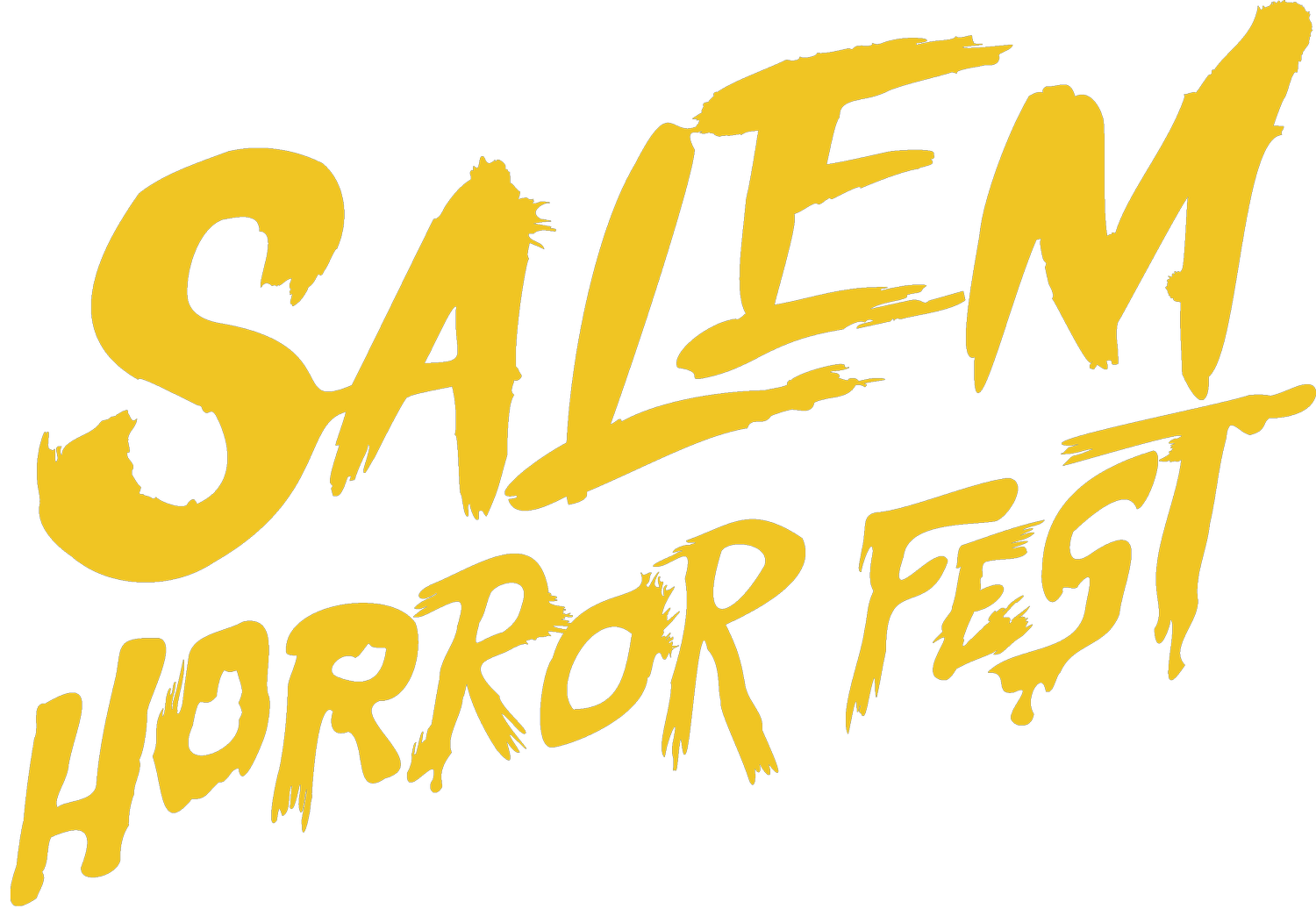William Castle and the Girl Who Said No to Hitler
Written by Agatha Luz
“To earn forgiveness is indeed the hallmark of the showman.” - A. T. McKenna
A shill, a huckster, a conman. Call him what you will, but in Hollywood they call him a showman. From taking out life insurance policies on the off-chance an audience member dies of fright to wiring theater seats to shock patrons, William Castle is “a benign trickster” (von Busack) best remembered for his outrageous interactive gimmicks and larger-than-life personality. One of his most ostentatious publicity stunts was also his first. In the summer of 1939, William Castle introduced Broadway to The Girl Who Said No to Hitler.
So much of what is known about William Castle is obscured by his own mythologizing; it is almost impossible to discern truth from his embellished recollections. We can confirm that he was born William Schloss, Jr. to William and Saidie (Snellenberg) Schloss on April 24, 1914 in New York City. We know he would later change his surname to the direct English translation of Schloss -- Castle. There is documentation proving that by time he was 10, both of his parents had passed away, and the young boy was left in the care of his older sister Mildred and her husband. But that is where the factual ends and Castle’s creative license with the truth begins.
He had an eventful childhood: he was orphaned at 9 during the Great Depression, attempted to run away to Hollywood with money he’d stole from his sister, and nearly drowned while performing a stunt for attention. Also, if he is to be believed, as a youth Castle bluffed his way into Bela Lugosi’s backstage dressing room, a move which resulted in a job as an assistant stage manager. This success seemed to embolden Castle because in the years to come, his tricks, cons, and stunts grew in scope and scale.
In 1939, the 25-year old Castle demonstrated the traits he is still remembered for -- his flair for self-promotion and fast-talk; he obtained Orson Welles’s phone number and scheduled an appointment to meet before Welles departed Connecticut to film Citizen Kane. Castle managed this feat by claiming he was a Broadway producer interested in leasing Welles’s Stony Creek Theatre in Branford, Connecticut.
In a serendipitous event, Castle claims to have met actress Ellen Schwanneke within moments of completing his phone call to Welles. The veracity of the timing is debatable, but it does make a good story. The German-born Schwanneke had fled from Nazi Germany, but was having a difficult time finding work in the United States. Castle immediately offered her a starring role in Seventh Heaven on the stage of the Stony Creek Theatre for that summer. Castle was risking quite a bit since he didn’t have rights to the play, and he had not yet secured the lease for the theater.
Somehow, Castle’s luck won out. At his meeting with Welles the next day, he was offered and accepted the lease terms for the Stony Creek Theatre. He obtained the rights to the play soon after this.
But this victory was short-lived. The Actor’s Equity Association, a union representing American actors and Stage Managers in the theatre, contacted Castle to inform him that he could not hire Ellen Schwanneke because “during peak season, American actors must be given preference unless the role is specifically tailored to suit a foreign star” (Russell). Castle responded to this obstacle by claiming he’d written a play for Schwanneke. This was, of course, a lie. According to several sources, including himself, Castle left the meeting, invented a playwright he named Ludwig von Herschfeld, wrote the play Das Ist Nicht Für Kinder (Not for Children), and had it translated into German over one weekend, all to satisfy the requirements of the union. The authorship of Not for Children is debatable. Murray Leeder, in his introduction to ReFocus: The Films of William Castle, asserts the play was “adapted from a script by ‘Ludwig Herschfield,’ a real Austrian playwright.” This was then “adapted in Britain as Yes, Mr. Brown.” Additionally, Leeder reveals that Not for Children is consistently attributed to playwright Wesley Towner.
However he came about it, William Castle finally had his play, his theater, and his star. The only thing missing were ticket sales. Castle had vastly overestimated Schwanneke’s star-power. Her best-known work was a supporting role in the German film Mädchen in Uniform, and the lack of interest was a reflection of her near-obscurity.
Just when Castle thought he’d ruined his one shot at Broadway (and Hollywood), Adolf Hitler intervened. Rather, an invitation from Hitler to Ellen Schwanneke provided Castle with the idea he needed to avert a disastrous theatrical run. In a letter from Dr. Joseph Goebbels, the Reichsminister of Propaganda and Public Enlightenment, Hitler requested Schwanneke’s attendance at a special reception in Munich, Germany. Schwanneke was disinclined to acquiesce because, as Castle tells it, “she didn’t like their interference with free expression.”
William Castle saw an opportunity to increase ticket sales to Not For Children, and “The Girl Who Said No to Hitler” was born. Acting on behalf of Schwanneke, Castle drafted the following telegram:
“Cable to Adolf Hitler, Munich, Germany. Dear Mr. Hitler: Ellen Schwanneke turns down your invitation. She has positively said no. She wants nothing to do with you or your politics. She will not return to Germany as long as you remain in power. Signed, William Castle, Producer/Director, Stony Creek Theatre, Connecticut. P.S. She’s working for me now.”
Castle is said to have sent one copy to Hitler and another to Goebbels, however there is no evidence he sent either. It is more probable that the telegrams were only a prop in a greater scheme.
Armed with copies of the invitation and his response, Castle visited managing editors of prominent New York City newspapers. He spun each the same tale: he needed advice on a delicate situation, one not for publication. But he would “accidentally” leave a copy of the letter and telegram behind, “[hoping] someone would swallow the bait” (Castle). He was not disappointed. Four newspapers published the story under the titles, “The Girl Who Said No to Hitler,” “Stood Up Hitler, Banned on Nazi Stages,” “German Actress Snubs Fuehrer,” and “Fuehrer’s Idea of Having Fun Isn’t Schwanneke’s.” The stunt was more successful than Castle anticipated, and the story went nationwide. Not For Children sold out within hours.
There were unforeseen consequences, though. Castle claims German-American Bundists (a German-American pro-Nazi organization) sent a flurry of letters addressed to Schwanneke, some of which included threats to her life. Given Castle’s flair for the dramatic, it is difficult to verify the authenticity of these letters.
Putting aside the debate over whether or not these letters were not a fabrication, Castle kept the Bundists in mind when planning his next promotional trick. In the early morning of the day the play was to open, Castle smashed windows of the theater with lumber from backstage, and ransacked the box office. He then painted swastikas on the walls before he returned home and waited for someone to inform him of the vandalism.
He returned to the theater later that morning to find a group of spectators. Castle sensed a chance to take his stunt even further, creating even more tension and anticipation. He told the crowd that the play would open as planned, “even if [he had] to get the governor of Connecticut to give us the state militia for protection” (Castle). In his last con for the play, Castle called the governor, posing as Orson Welles. He was granted several soldiers, and audience members were searched before they could enter the theater. It was, as Castle put it, “one hell of an opening.”
William Castle went on to produce several other plays, and achieved his Hollywood dream. He directed over fifty feature films between 1943 and 1974. Most of his movies were B-movie horror films such as The Tingler (1959) and House on Haunted Hill (1959), ones full of the trickster gimmicks he loved so much. Castle also produced twenty-one pictures, most notably Rosemary’s Baby (1968). None of the fictional horrors he exposed his audiences to would have been possible without the real horror of the Third Reich, and Ellen Schwanneke -- Castle’s heroine and The Girl Who Said No to Hitler.
Works Cited
Castle, William, with introduction by John Waters (1976, republished 1992, republished
2010). Step Right Up! I'm Gonna Scare the Pants Off America: Memoirs of a B-Movie
Mogul. New York, Putnam. ISBN 0-88687-657-5 (Pharos edition 1992). ISBN
978-0-578-06682-0 (William Castle Productions 2010).
Leeder, Murray. ReFocus: The Films of William Castle. EUP, 2018. EBSCOhost,
search.ebscohost.com/login.aspx?direct=true&db=nlebk&AN=1855000&site=ehost-li
Ve. Accessed on September 18, 2018.
McKenna, A. T.. “He Earned Our Forgiveness: William Castle and American Movie
Showmanship.” ReFocus: The Films of William Castle, edited by Murray Leeder. EUP, 2018. EBSCOhost, search.ebscohost.com/login.aspx?direct=true&db=nlebk&AN=1855000&site=ehost-li
Ve. Accessed on September 18, 2018
Russell, Kate J. “The CInematic Pandemonium of William Castle and John Waters.”
ReFocus: The Films of William Castle, edited by Murray Leeder. EUP, 2018. EBSCOhost, search.ebscohost.com/login.aspx?direct=true&db=nlebk&AN=1855000&site=ehost-li
Ve. Accessed on September 18, 2018
von Busack, Richard. “William Castle, the Prince of Paltry Promotions Returns This Week (in
Spirit) at SF’s Castro Theater.” Metro. Metro Publishing and Virtual Valley, Inc.,
October 12-18, 1995, www.metroactive.com/papers/metro/10.12.95/castle-9541.html
Accessed on September 19, 2018.

